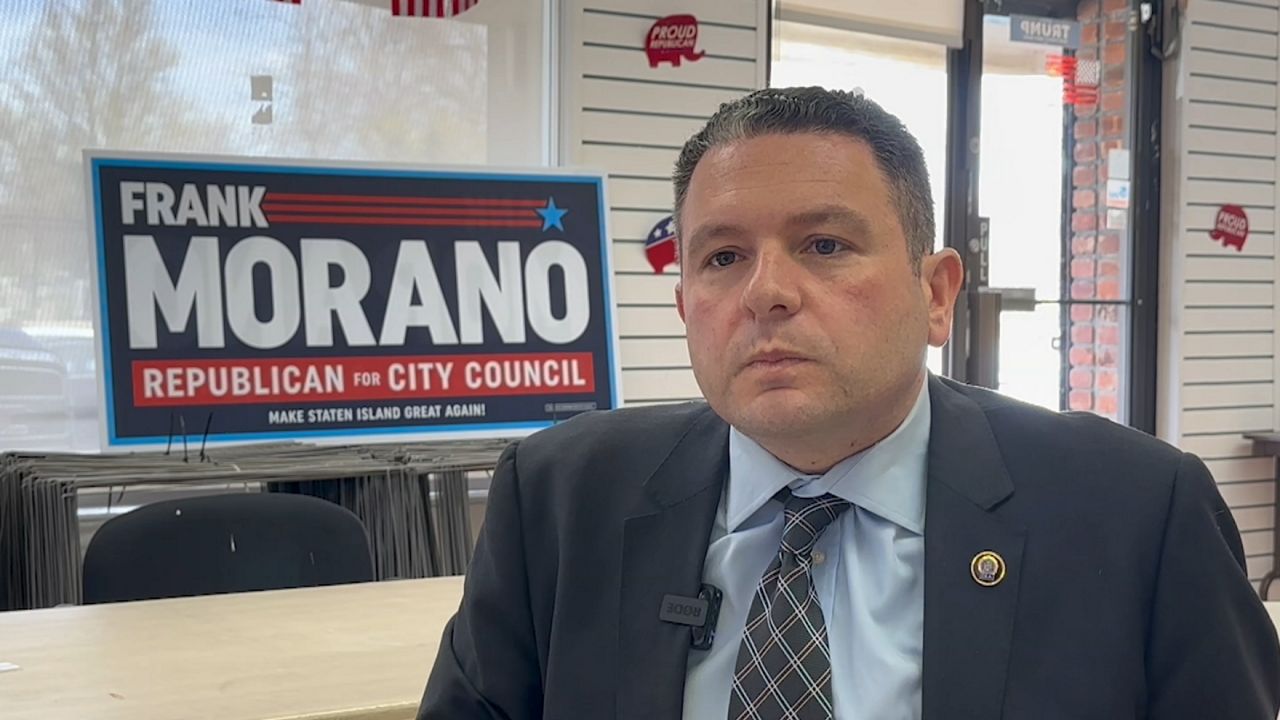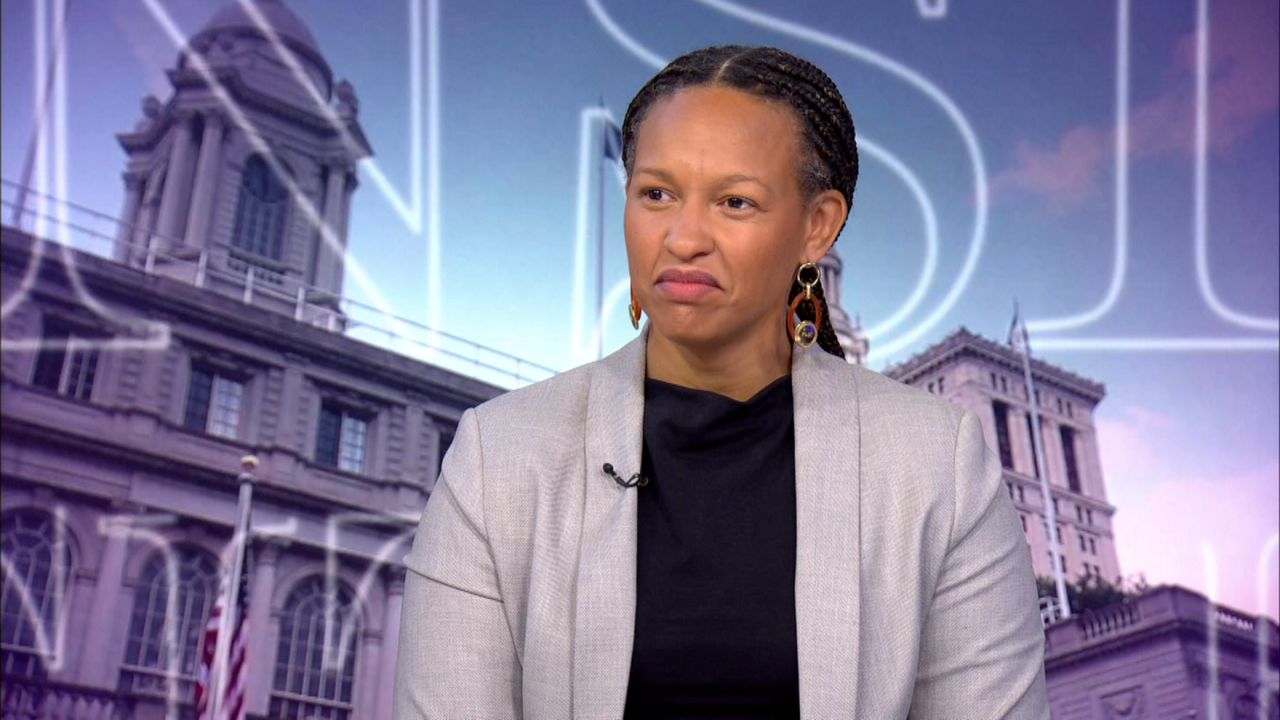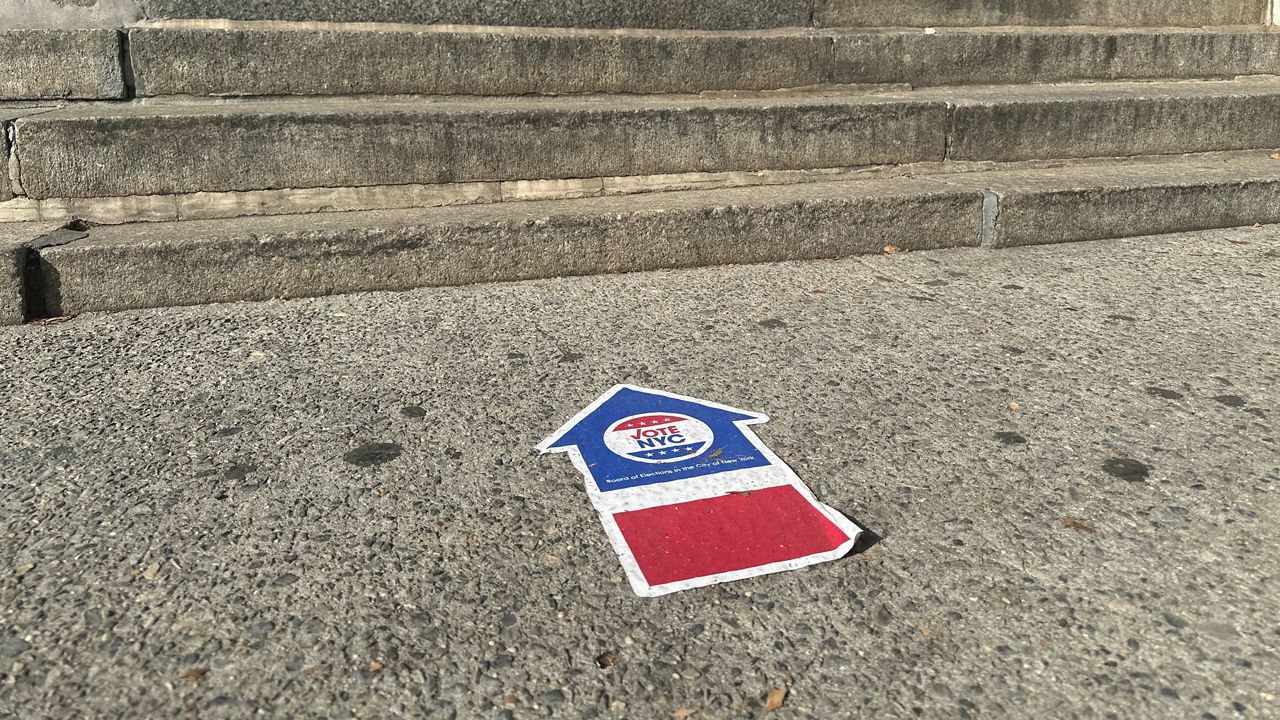Street musicians were among the dozens of people drawn to the Coney Island boardwalk on a balmy November day. But while many enjoyed the beachfront, others worry the Army Corps of Engineers has not done enough to protect it after Hurricane Sandy devastated the neighborhood in 2012.
“We definitely don’t feel protected,” said Eddie Mark, the district manager of Community Board 13. “Seven years later we still are at the risk of having another storm without being able to save our buildings here or any of our homes.”
Community members attended a recovery and resiliency forum Thursday night in Coney Island where engineers provided updates on what’s been done since Sandy. They pointed to restoring sand on the beach after the storm and building a structure to prevent beach erosion.
”Nearly a $20 million project in the Seagate portion of Coney Island, where we built t-groins and added extra sand there in the western most edge of Coney Island,” said Dan Falt, a project manager from the Army Corps of Engineers.
But both of those mitigation measures won’t prevent the peninsula from going under water if a major hurricane hits. So the Army Corps of Engineers is doing studies to come up with a long term solution. They estimate that a completed report will be released almost three years from now.
”We have to work within the framework that we’re given,” said Bryce Wisemiller, another project manager. “We have a lot of laws, regulation, policies that we have to achieve. We have to coordinate these projects with the public, with our sponsors. There is a long process involved.”
That explanation is not sitting well with residents.
“While they’re busy working on a final solution, which will take a few years to do, we’re sitting ducks,” said Ida Sanoff, the executive director of the National Resources Protective Association.
Then there’s the price tag to actually construct the project, which can cost tens of billions of dollars. City Councilman Mark Treyger says this area not only needs federal funding but investment from City Hall.
“We are beyond the point of study. We need now action. We need funded action. This to me is an emergency. This is a crisis.”








_PKG_Hudson_Yards_Zoning_Hearing_CG)
